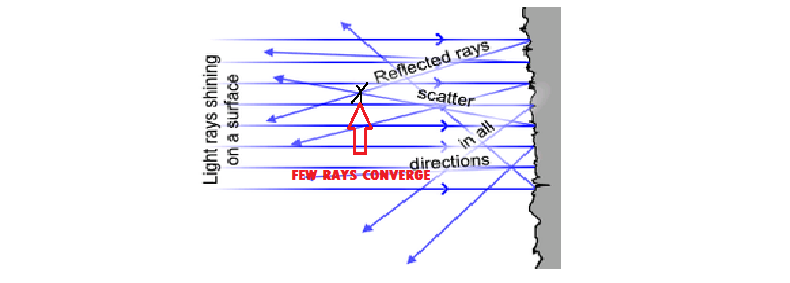Simply because two light rays intersect at a point it does not mean that an image is formed.

You need millions (not necessarily, but a lot) of light rays to intersect at a point to form an image.

The reason is that the intensity of light emerging from a two-ray intersection is too less for any human eye to detect. For an image formed due to a concave mirror, however, the intensity is clearly much more, allowing the eye to detect the image:




